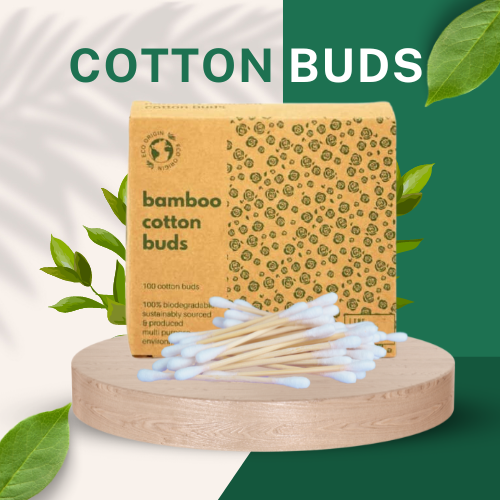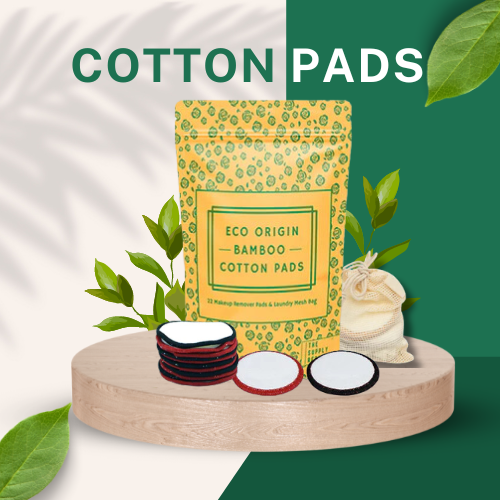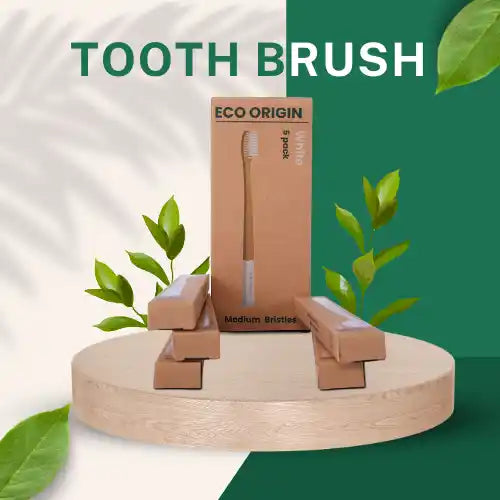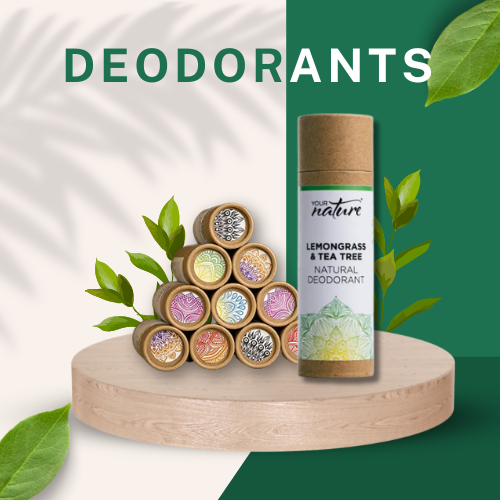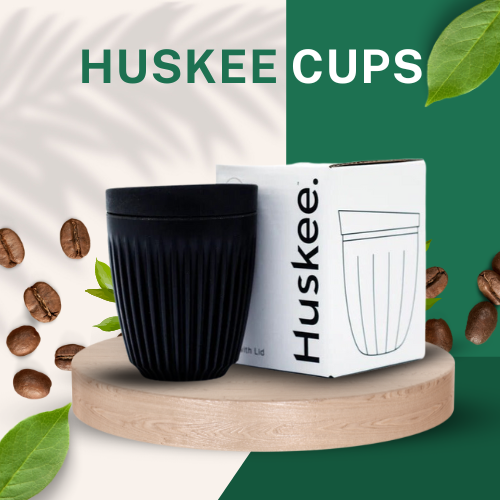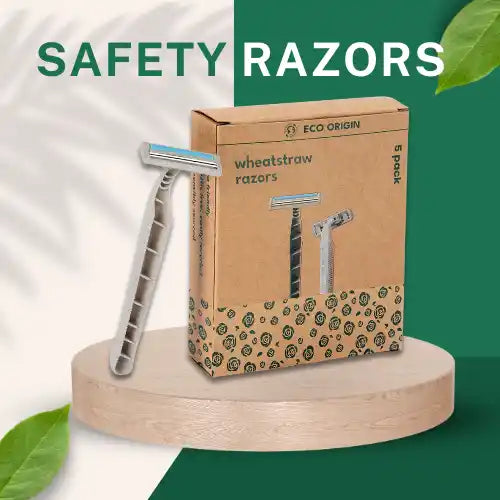The Pacific Garbage Patch and How It Has Impacted Our Oceans
Pacific Garbage Patch Impact On Oceans
The Pacific Ocean, the largest and deepest of Earth's oceanic divisions, is home to something we can't ignore—the Pacific Garbage Patch. It's an enormous floating body of plastic and debris - like an island of trash drifting in the sea.
However, the size of the patch isn't the only cause of concern. The fact that this undesirable patch is threatening the environment, marine life, and even our food chain is a bigger alarm.
Who discovered the Great Pacific Garbage Patch? Where did it come from? What it consists of? Why should it matter to all of us?
This article will look at the details of this floating mess and understand why we all must be concerned about it.
The Pacific Garbage Patch
Captain Charles Moore discovered the Great Pacific Garbage Patch (GPGP) in 1997 while sailing from Hawaii to California. From afar, it appeared like murky soup, but as he neared the body, it was plastic—lots and lots of plastic.
The area is estimated to be 1.6 million square kilometres, twice as vast as Texas or three times the size of France. GPGP is made of 1.8 trillion pieces of plastic that weigh about 100,000 tonnes. It equals the weight of 740 Boeing 777s. That's massive!
Although enormous, GPGP isn't visible from space. Most of the garbage in the Pacific Garbage Patch, by weight, is made up of larger plastic pieces—about 92% of it is bigger than 0.5 cm. In fact, three-quarters of the total mass comes from large plastics, like bottles and nets. But when we count the number of pieces, 94% of them are tiny microplastics. So, while most of the weight is from big items, the patch is mostly filled with tiny plastic bits.
How Did the Pacific Garbage Patch Form?
Do you know the amount of plastic that enters the ocean each year? It's between 12 and 14 million tonnes! About 1.15 to 2.41 million tonnes come from rivers, while 9.5 million tonnes are land waste. Another 1.75 million tonnes comes from the fishing and shipping industry. This includes everything, from plastic bags and straws to fishing gear and nets.
Since plastic is nonbiodegradable, decomposing it can take more than 1000 years. Therefore, once the plastic waste enters the ocean, it gets caught in the currents, called gyres, and starts to accumulate. Some of it settles at the bottom of the ocean while the rest floats on the surface, forming patches like the GPGP.
Sunlight, wave action, and marine life all play a significant role in breaking down plastic into microplastics. However, the major player is ultraviolet (UV) light from the sun. UV rays break down plastic into smaller and smaller pieces, making it even more difficult to clean up.
Why Should We Be Concerned?
Even though we might not be able to spot them with our naked eyes, microplastics are everywhere, and they are harmful to marine life, the environment, and us!
The multicoloured and tiny plastic bits look like food, attracting sea animals to consume them. But because they are toxic they can reduce food intake in sea creatures, affect their growth, and even kill them. Some unlucky creatures, like turtles, often get trapped into fishing nets and ropes, and end up losing their lives.
Moreover, microplastics absorb toxic chemicals from the water and dissolve plastic additives such as BPA, making them more harmful. These toxins then end up on our plates and, eventually, in our stomachs in the form of our favourite seafood. Plastic ingestion can cause decreased reproductive health, weight issues, cancer, and insulin resistance.
The environment suffers, too. For coastal communities that rely on fishing or tourism, plastic waste threatens their livelihood. Fishing nets and other debris can damage boats and gear, making it harder for fishermen to make a living. On top of that, cleaning up the patch is expensive and time-consuming, and without proper prevention, more trash will keep piling up. The costs of dealing with this problem keep rising, both for the environment and the economy.
What's worse is that the Pacific Garbage Patch is just one of five major offshore plastic accumulation zones in the world's oceans. Four other similar patches spread their menace throughout different parts of our ocean.
It's hard to grasp just how big this problem is. The scariest part is that the patch is still growing. As long as we keep using plastic the way we do, it's not going to get better on its own.
The Solution?
The Ocean Cleanup is one of the most promising projects in action to reduce plastic waste from the patch. Experts use large floating barriers to collect debris - it's tough, time-consuming, and cost-intensive.
However, unless we mend our ways, we can't truly get rid of patches like the GPGP. Limiting plastic usage (and ultimately reducing plastic waste) and improving waste management are key steps.
Thankfully, governments are banning single-use plastics, and companies are adapting to sustainable manufacturing and packaging materials.
As individuals, we can help, too. Small changes like switching to reusable bottles, huskee coffee cups, bamboo toothbrushes, and cloth bags from their plastic counterparts can make a prominent difference. Together, we can protect our oceans, marine life, and overall environment for future generations.
Eco Origin - Doing Our Bit
As an environmentally friendly business, Eco Origin realises that bringing about change is a gradual process. Therefore, we believe in starting small with daily-use essentials like bamboo toothbrushes, cotton earbuds, reusable face pads for women, and plastic-free disposable razors.
Besides being manufactured with Earth-safe materials like bamboo and cotton, our products come packaged in plastic-free packaging. No guilt trips whatsoever!
If you're an eco-conscious consumer or business, we invite you to visit our website and choose sustainability to make a better and safer world.


